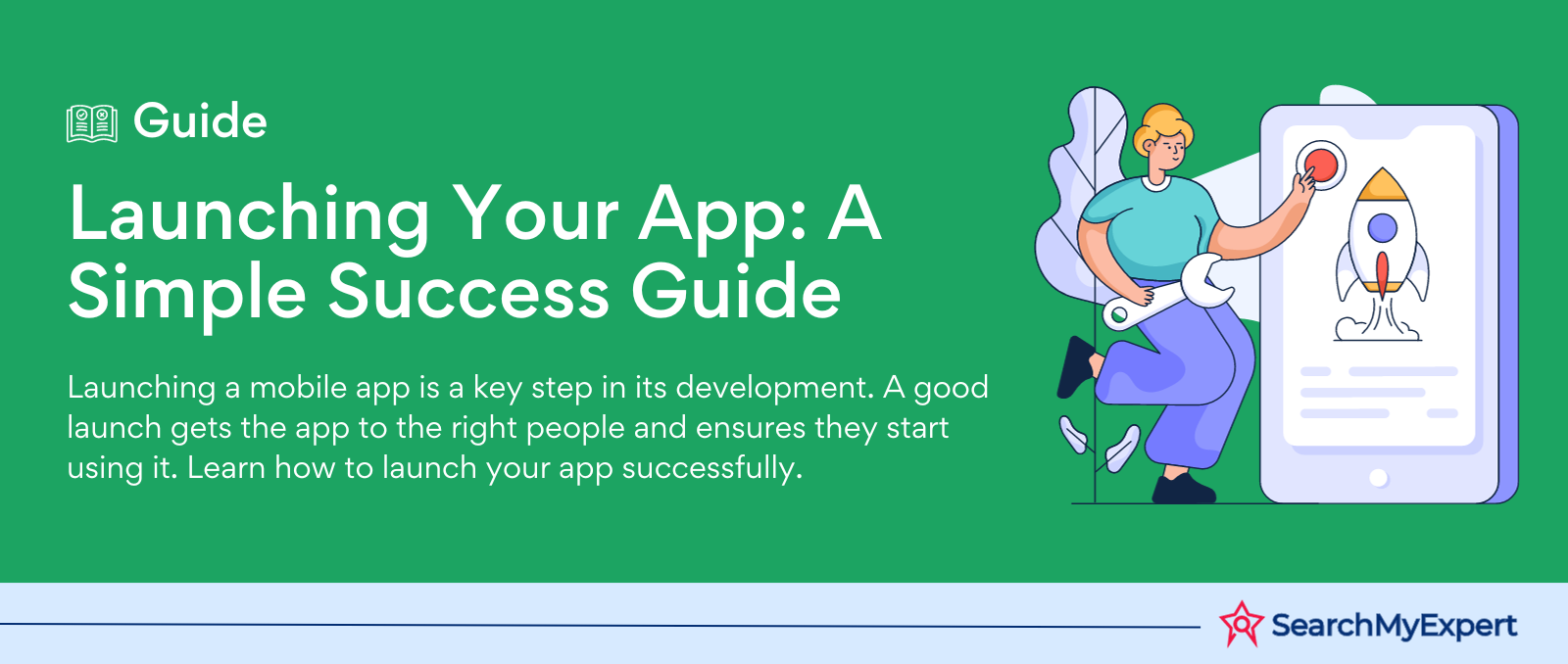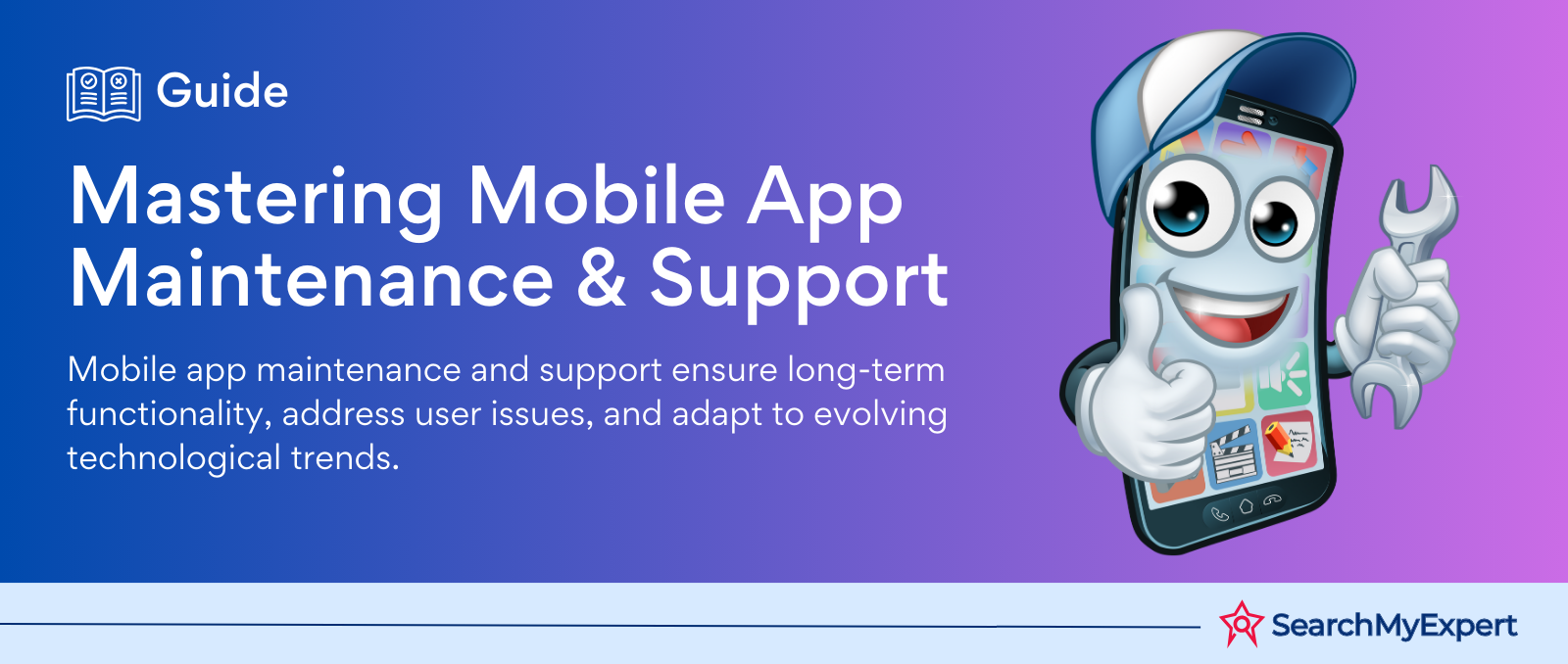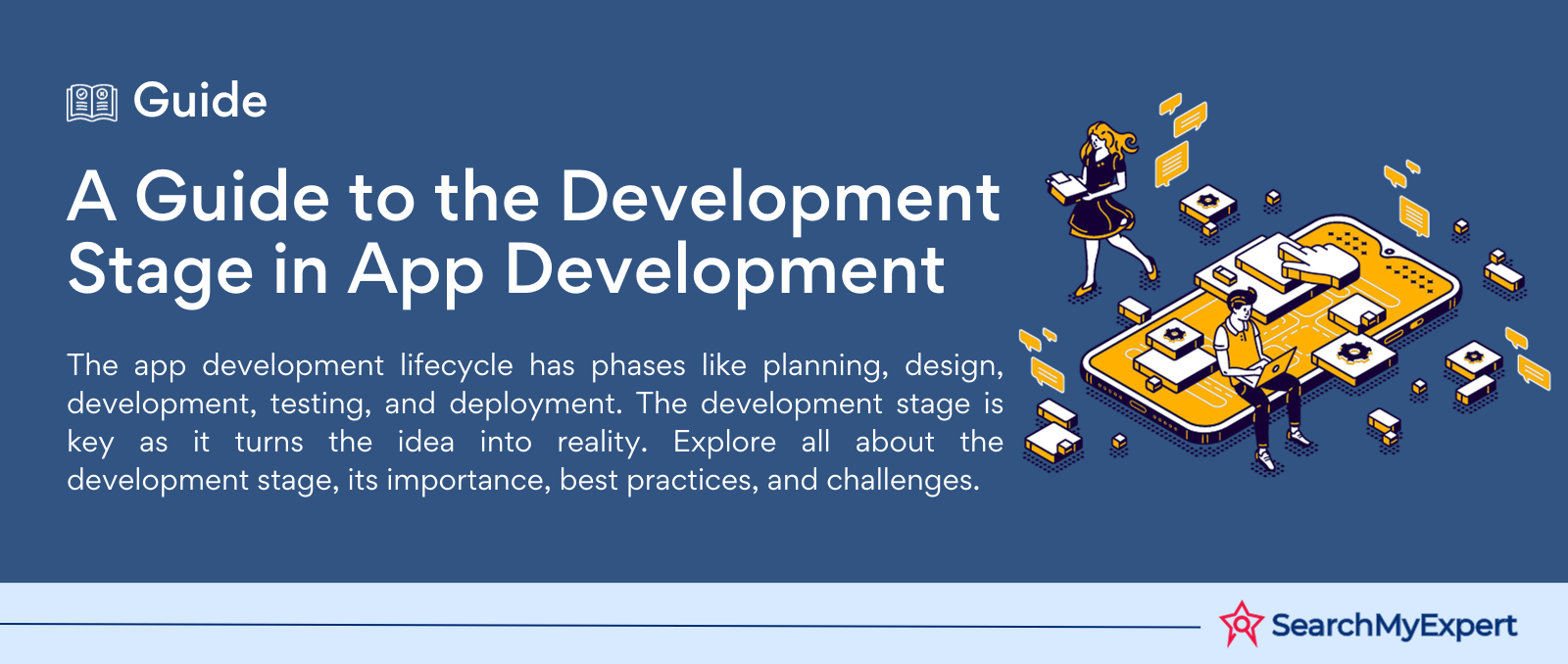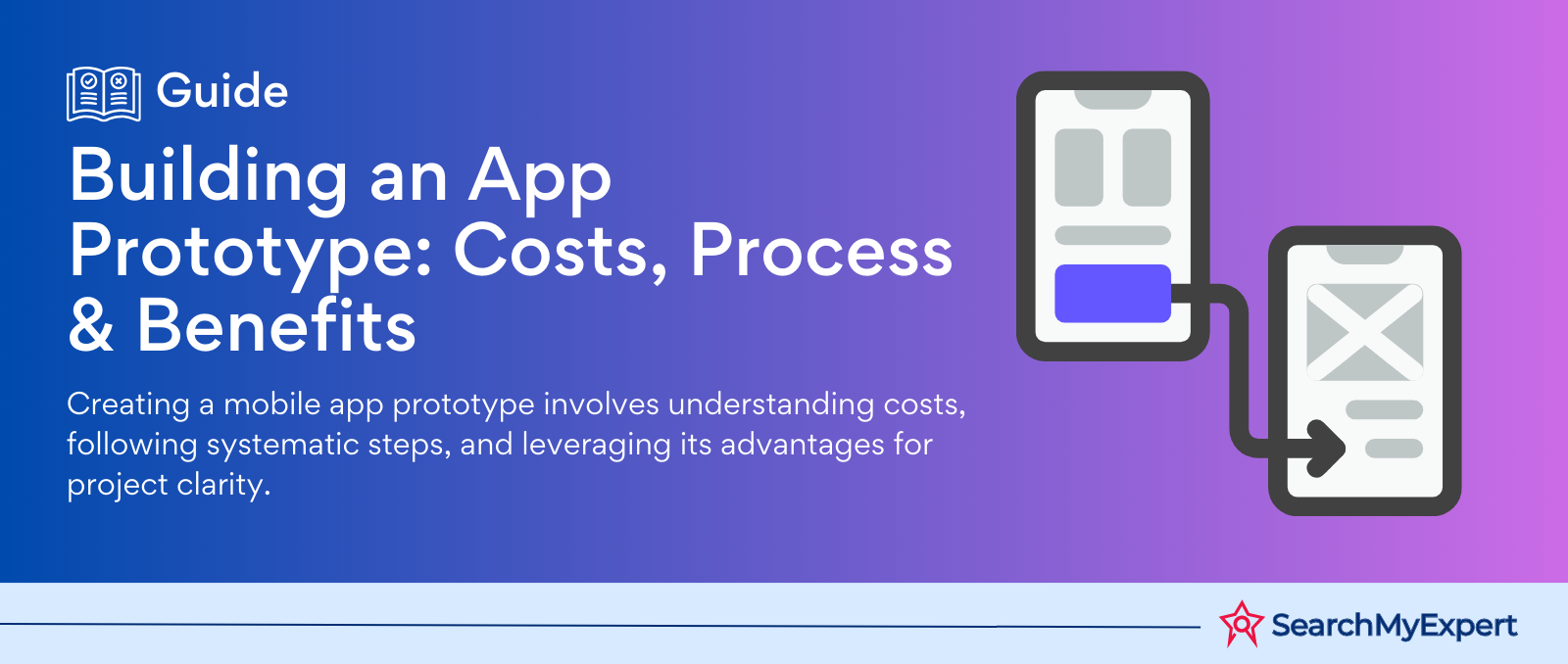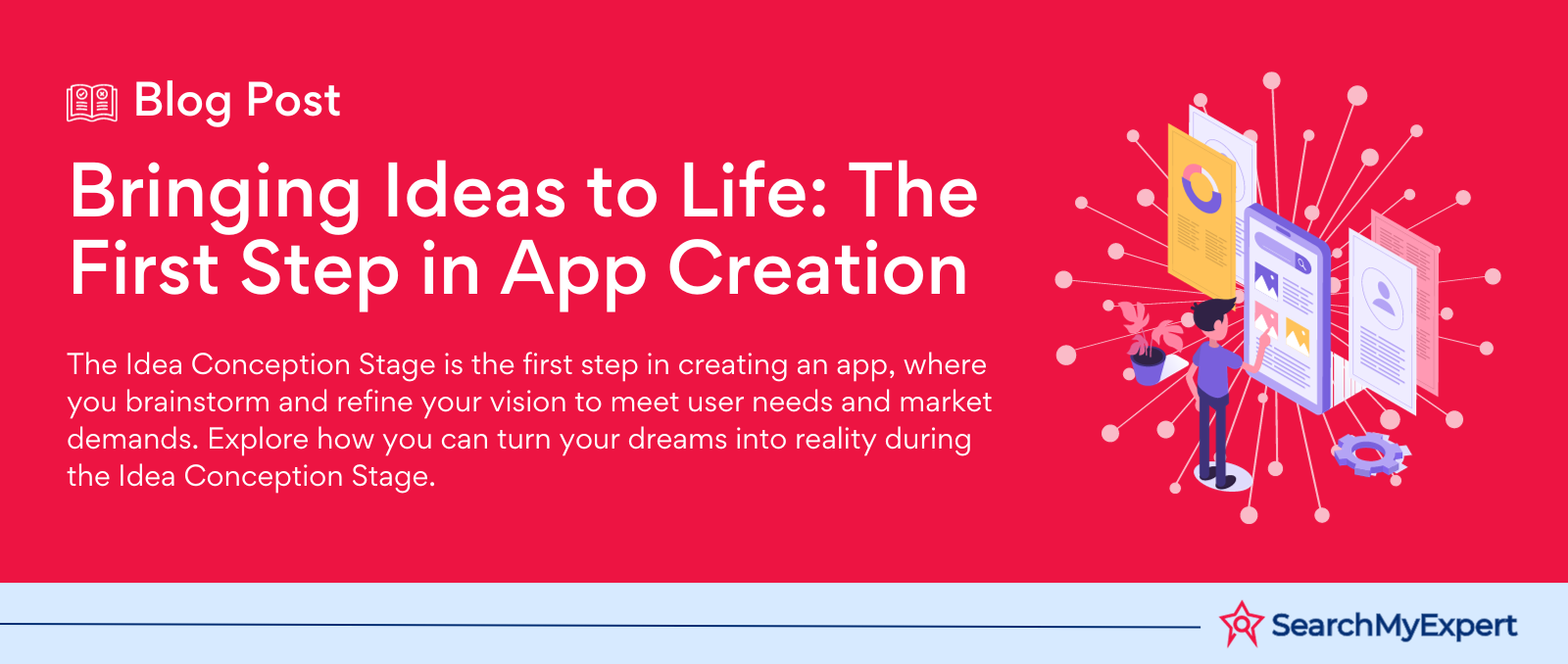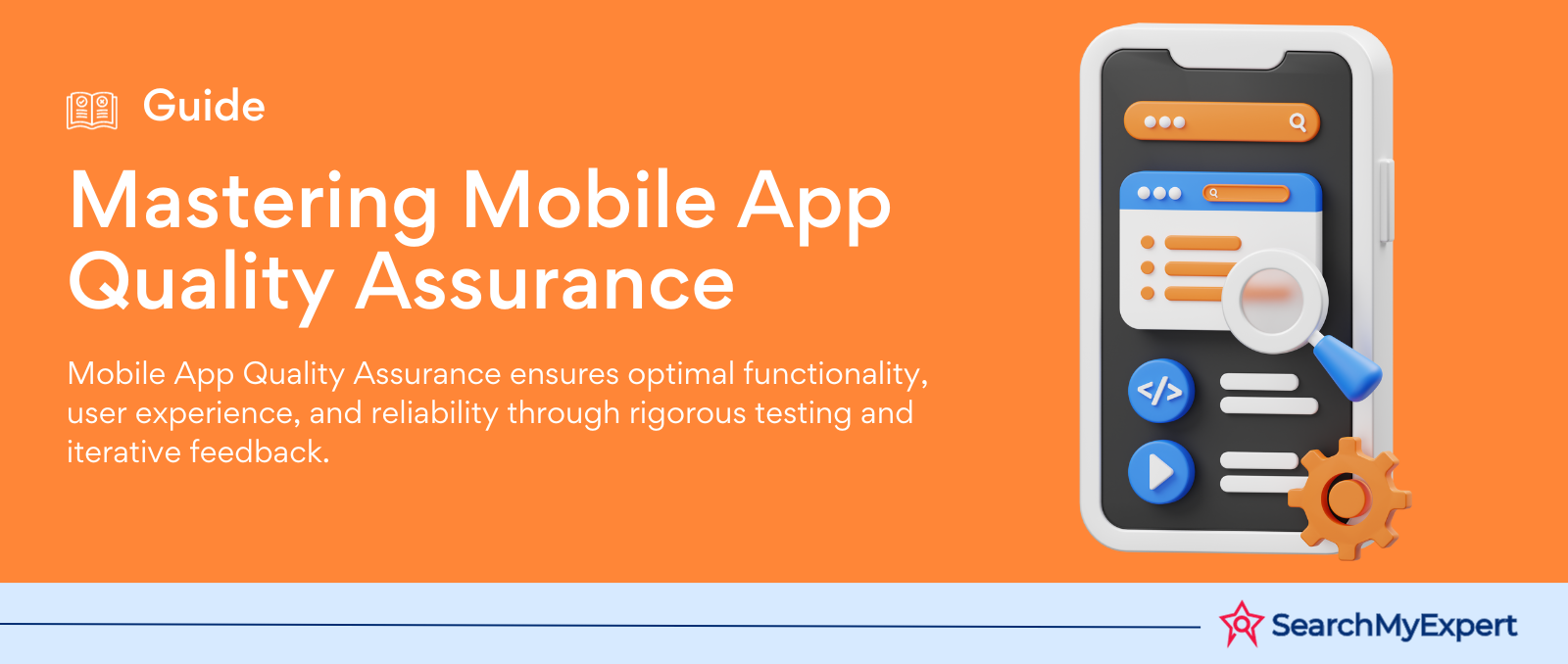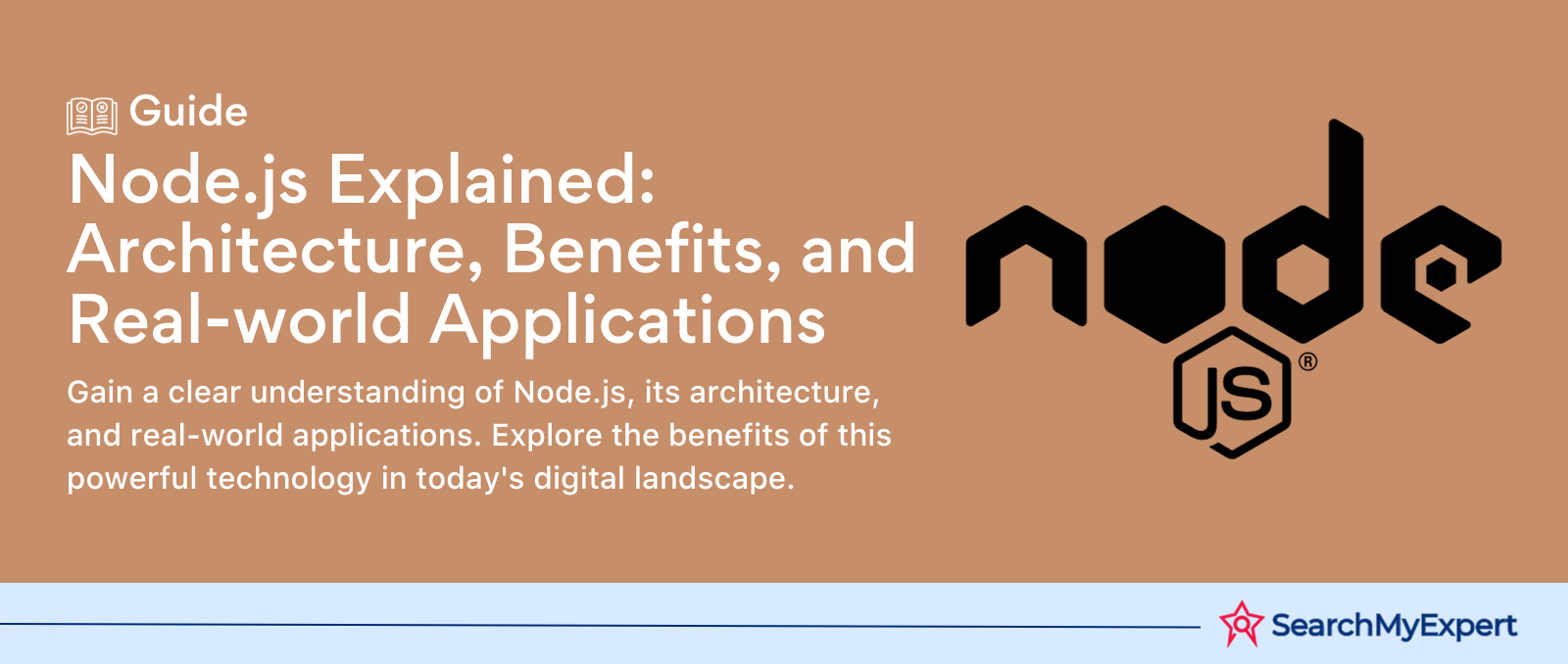7 Steps to Branding Success: A Business's Guide to Mastery
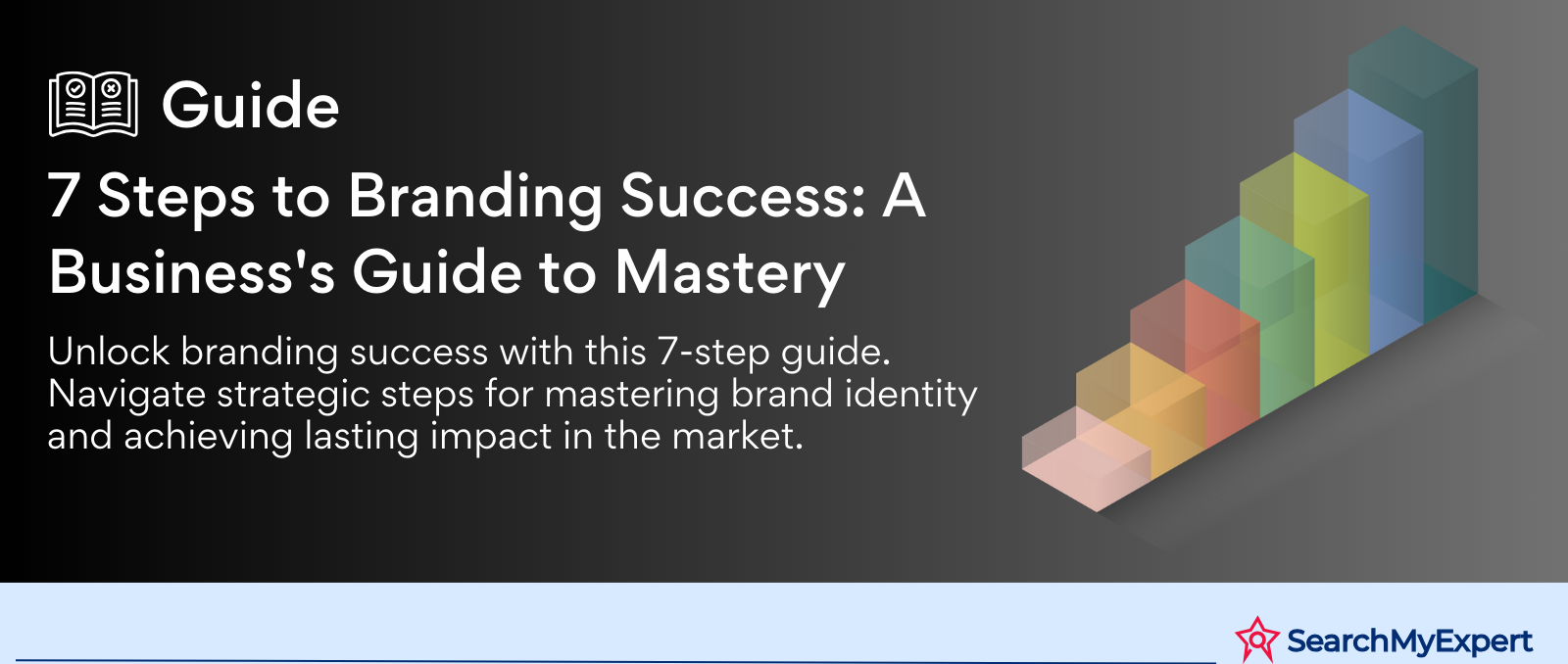
Brand Goals and Target Audience
Vision, Mission, Values: The Cornerstones of Brand Identity
- Vision: Your brand's vision is the guiding star. It's what your company aspires to achieve in the long run. Think of it as a future destination where your brand will make its most significant impact.
- Mission: The mission is about the here and now. It defines what your brand does, who it serves, and how it delivers value. It's a clear statement that explains your brand's purpose.
- Values: These are the principles that guide every action and decision within your company. Values are the DNA of your brand's culture and influence how it is perceived by the outside world.
Crafting a clear vision, mission, and set of values is crucial. It not only gives your team a unified direction but also communicates to your customers what your brand stands for.
Knowing Your Ideal Customers Inside Out
Identifying your target audience is not just about demographics. It’s about understanding their lifestyles, preferences, and behaviors.
- Demographics: Age, gender, location, income level, and education.
- Psychographics: Interests, hobbies, values, and lifestyle choices.
- Behavioral Insights: Buying habits, brand interactions, and product preferences.
The key is to create detailed customer personas. These are fictional representations of your ideal customers based on real data and educated assumptions. They help you visualize your customers, understand their needs, and tailor your offerings to meet these needs.
Delving into Customer Needs, Wants, and Pain Points
Understanding your customer's needs and wants is crucial. Needs are the essentials they are looking for in a product or service. Wants are the additional benefits that can sway their choice in your favor.
Pain points are the problems or challenges your customers face in their daily lives. Identifying these pain points allows you to position your brand as a solution provider.
- Surveys and Feedback: Conduct surveys or gather feedback to understand customer needs directly.
- Market Research: Analyze market trends to anticipate future needs and wants.
- Social Listening: Monitor social media to understand what customers are saying about your brand and competitors.
Research and Shortlist Potential Agencies
Seeking Recommendations and Reviews
Start by tapping into your network. Recommendations from colleagues and industry contacts can be invaluable. They provide first-hand insights into an agency's capabilities and reliability.
Online reviews on platforms like Clutch or Google My Business offer a broader perspective. Look for reviews that are detailed and discuss specific projects. They tend to be more informative.
Prioritizing Industry Experience and Audience Understanding
When shortlisting agencies, prioritize those with experience in your industry. They are more likely to understand your market's nuances and your target audience's specific needs.
- Portfolio Analysis: Look at their past work. Does it align with what you envision for your brand?
- Case Studies: Go beyond the visuals. Case studies often detail the strategy and thought process beind a project, giving you insights into the agency's approach.
Assessing Creative Style and Approach
Every agency has its unique creative style and approach. It’s important to find one that aligns with your brand identity and communication style.
- Creative Style: Does their style match your brand's personality? Is it adaptable to your needs?
- Strategic Approach: How do they approach a project? Do they have a clear, structured process?
Remember, choosing the right agency is not just about their creative output. It's also about their ability to understand your brand and contribute strategically to your goals.
Request Proposals and Presentations
Communicating with Shortlisted Agencies
When you reach out to your shortlisted agencies, clear communication is key. Provide them with detailed information about:
- Brand Goals: Explain what you hope to achieve with their help.
- Target Audience: Give them a detailed overview of who your customers are.
- Budget: Be upfront about your budget. This helps agencies tailor their proposals to what’s feasible.
Requesting Detailed Proposals
A well-crafted proposal is a roadmap of the agency's planned approach. It should include:
- Strategic Approach: How they plan to meet your objectives.
- Services Offered: Detailed breakdown of the services they’ll provide.
- Fees and Pricing: Clear information on costs and payment terms.
Scheduling Presentations for Deeper Insights
Presentations allow you to see the agency in action. Look for:
- Process Overview: How they approach projects from start to finish.
- Team Dynamics: Who will be working on your project and their roles.
- Past Work Examples: Demonstrations of their work that’s similar to what you need.
These presentations are also an opportunity to gauge the agency's communication skills and cultural fit with your organization.
Evaluate Key Factors
Assessing Experience, Qualifications, and Team
- Agency Experience: How long have they been in business? What's their track record?
- Team Qualifications: Look at the expertise and background of the team members.
- Team Composition: Understand who will be directly involved in your project.
Evaluating Understanding of Your Brand
An agency's understanding of your brand is crucial. They should demonstrate:
- Brand Comprehension: Do they grasp your brand identity and values?
- Audience Insight: How well do they understand your target audience?
- Industry Knowledge: Are they aware of the trends and challenges in your industry?
Considering Creative Vision and Strategic Approach
- Creative Vision: Does their creative thinking align with your brand?
- Strategic Approach: Evaluate their strategy for achieving your goals.
- Proposed Timeline: Is the timeline they propose realistic and suitable for your needs?
Comparing Pricing and Budget Alignment
Price is always a significant factor. Compare:
- Pricing Structures: Understand how they charge – is it hourly, per project, or a retainer?
- Transparency: Ensure there are no hidden costs.
- Budget Fit: Does their proposal align with your budget?
Evaluating these factors will help you make an informed decision about which agency is the best fit for your needs and goals.
Establish Clear Communication and Expectations
Effective communication and setting clear expectations are the bedrock of a successful collaboration between your company and the chosen agency. Here's how to ensure everything is aligned:
Defining Project Scope and Deliverables
- Project Scope: Clearly outline what the project entails. This includes the objectives, key deliverables, and any limitations.
- Deliverables: Specify what you expect to receive. It could be a new brand strategy, a marketing campaign, website design, etc.
Setting Timelines and Communication Protocols
- Timelines: Establish realistic deadlines for each phase of the project.
- Communication Protocols: Decide on the preferred mode of communication, be it emails, calls, or meetings, and the frequency of updates.
Approval Processes and Feedback Mechanisms
- Approval Processes: Define who in your organization has the authority to approve different aspects of the project.
- Feedback Mechanisms: Establish a clear process for providing and receiving feedback. This ensures that revisions and adjustments are handled efficiently.
Aligning on Goals, Expectations, and Metrics
- Goals and Expectations: Make sure both parties understand the desired outcome of the project.
- Reporting Metrics: Agree on the metrics that will be used to measure the success of the project.
Build Trust and Collaboration
Building a strong, collaborative relationship with your agency is essential for the success of the project.
Encouraging Open Communication and Transparency
- Open Dialogue: Encourage honest and open communication. This builds trust and helps address issues quickly.
- Transparency: Ensure that both parties are transparent about capabilities, constraints, and progress.
Regular Updates and Feedback Sessions
- Regular Updates: Schedule regular meetings or calls for updates on progress and to discuss any challenges.
- Feedback Sessions: Regular feedback sessions help keep the project on track and align it with your expectations.
Fostering a Positive Working Relationship
- Collaborative Mindset: Foster a team environment where ideas and suggestions are welcomed and valued.
- Respect and Understanding: Mutual respect and understanding of each other's expertise and challenges can significantly improve collaboration quality.
In these steps, the focus is on building a foundation for successful collaboration, marked by effective communication, mutual respect, and a shared vision for the project’s success.
Monitor Progress and Measure Success
To ensure that your branding efforts are on track and yielding the desired outcomes, it's essential to have a robust system for monitoring progress and measuring success. This final step is all about evaluation and adaptation.
Tracking Key Performance Indicators (KPIs)
- Identify Relevant KPIs: Depending on your branding goals, these might include website traffic, engagement rates, conversion rates, brand awareness metrics, or customer satisfaction scores.
- Regular Monitoring: Set up a system for regularly tracking these KPIs. This could involve analytics tools, surveys, or other methods of data collection.
Conducting Periodic Reviews
- Scheduled Reviews: Organize regular meetings with your team and the agency to review progress. These should be based on a predetermined schedule, such as monthly or quarterly.
- Assessment of Metrics: During these reviews, assess the KPIs against your objectives. Are you on track? What areas are performing well, and which need improvement?
- Adjusting Strategies: Use these reviews as an opportunity to refine and adjust your strategies. The market and consumer behaviors can change rapidly, so staying adaptable is key.
Ongoing Communication and Collaboration
- Continuous Dialogue: Keep the lines of communication open with your agency. Regular check-ins can help address issues as they arise and foster a collaborative environment.
- Long-term Partnership: View your agency as a long-term partner rather than just a service provider. This mindset encourages a deeper understanding and alignment with your brand.
Maintaining ongoing communication and collaboration, combined with regular reviews and adjustments based on data-driven insights, sets the stage for sustained branding success and continuous improvement.
Conclusion
In conclusion, mastering the art of branding is a multifaceted journey that requires a deep understanding of your brand's identity, goals, and audience. This 7-step guide is designed to help you navigate through each crucial phase, from defining your brand's vision to measuring the success of your efforts.
By setting clear goals, selecting the right agency, establishing effective communication, and regularly monitoring progress, you can ensure that your branding strategy is not just a fleeting effort but a sustained campaign that drives real results. Remember, each step is integral to building a brand that resonates with your audience and stands out in a competitive marketplace.
In today's dynamic business landscape, the importance of a strong brand cannot be overstated. It's the essence of your company's identity and the key to unlocking long-term success. So, take these steps, apply them diligently, and watch as your brand grows from strength to strength, leaving a lasting impact in the minds of your customers.
Collaborate with the best Branding Agencies for unparalleled success.
share this page if you liked it 😊
Other Related Blogs

Mastering Docker for App Development: A Comprehensive Guide to Benefits, Use-Cases, and Alternatives
STAY UP TO DATE
GET PATH'S LATEST
Receive bi-weekly updates from the SME, and get a heads up on upcoming events.
Contact Us




